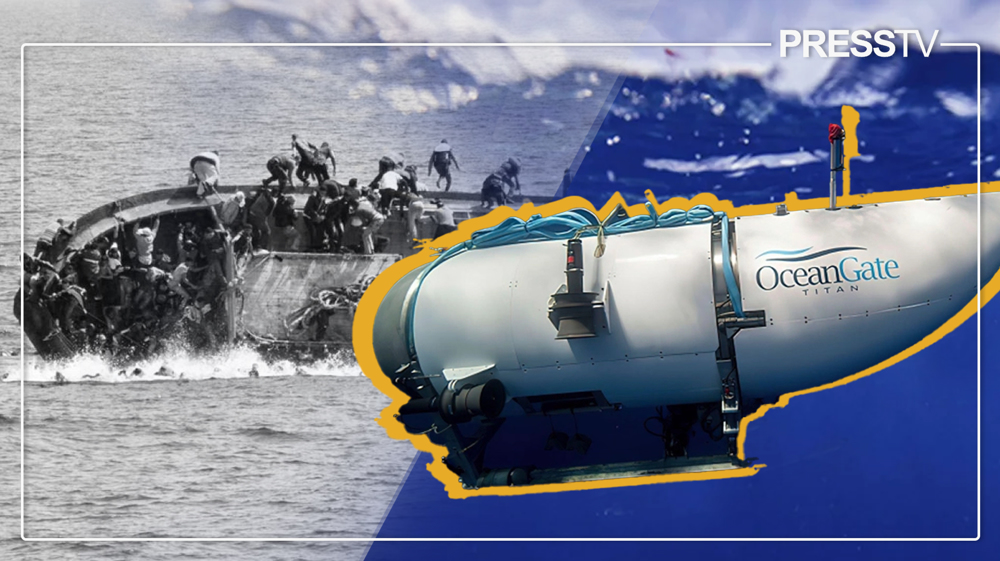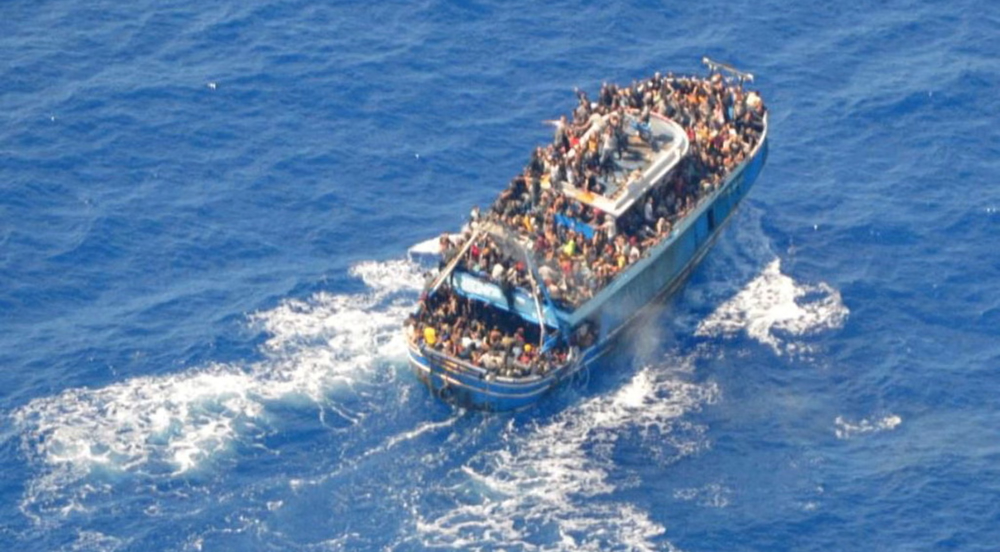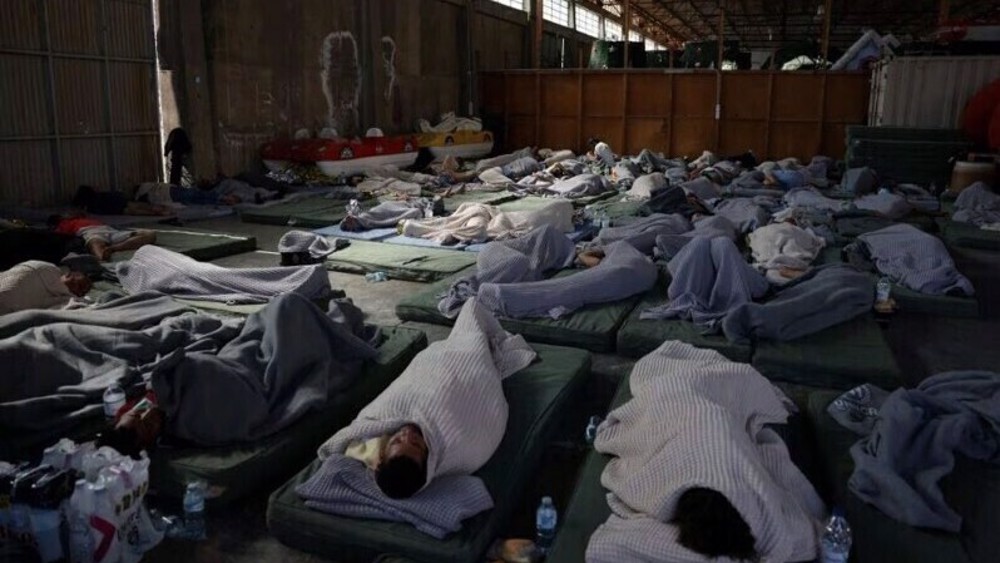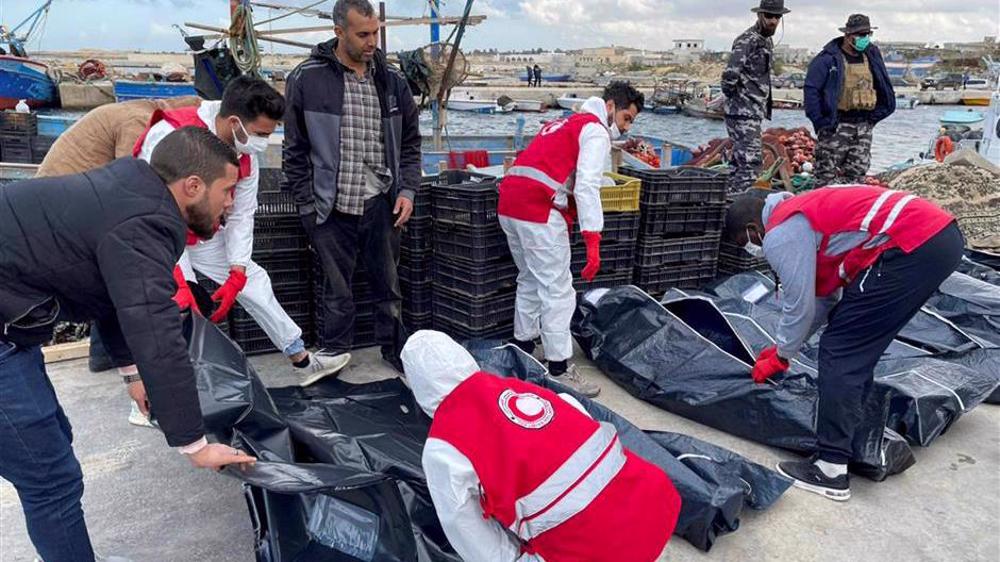Death of Titanic explorers captivates world, shipwreck killing migrants doesn’t
By Ivan Kesic
On June 22, after a search mission lasting over three days, a remotely operated underwater vehicle found a debris field containing parts of the Titan submersible, about half a kilometer from the wreckage of the RMS Titanic in the North Atlantic Ocean.
The discovery, along with declassified sonar detection, confirmed the worst fears of the submarine’s “catastrophic implosion” under pressure and the death of all five passengers on board.
Five victims were identified as Stockton Rush, an American businessman and an operator of the vessel; Hamish Harding, a British businessman and explorer; Shahzada Dawood, a Pakistani-British businessman; Suleman Dawood, son of Dawood; and Paul-Henri Nargeolet, a French deep-sea explorer.
Each of them shelled out $250,000 for the eight-day expedition to observe the wreck of the Titanic, a famous passenger liner that sank in the North Atlantic Ocean in 1912 after striking an iceberg during its maiden voyage.
Less than a week before the Titan tragedy, a ship carrying migrants from Libya to Italy capsized in the Mediterranean Sea, sinking off the coast of Greece. More than 100 have already been declared dead and an estimated 500 more people are missing and presumed dead.
The fishing boat Andriana was carrying up to 750 migrants sank in the Ionian Sea, around 80 km off the coast of the Peloponnese in Greece, on June 14.
Most of the victims were from Pakistan, Afghanistan, Syria, Egypt and Palestine – the countries where West-backed foreign interventions have spawned the worst humanitarian crises.
The chairman of Pakistan’s Senate, Muhammad Sadiq Sanjrani, said more than 300 Pakistani nationals have been killed in the tragic incident off the coast of Greece.
In another tragedy, as the search for Titan was underway, another boat carrying North African migrants sank off the coast of the Canary Islands in Spain. Of the approximately 60 people aboard, between 35 and 39 people, including a minor, were killed.
The two tragic events involving poor migrants from West Asia and South Asia did not grab headlines in the mainstream media the way the Titan submersible carrying five wealthy explorers did.
Although the two ships carrying migrants were closer to shore compared to the Titan submersible and with a better chance of survival for those on board, rescue efforts were not intense and timely.
There was neither breaking news nor minute-by-minute coverage in the mass media about the ship that drowned in the Greek waters, killing at least 100 and with more than 500 still missing.
While Western media outlets and social media pages devoted thousands of articles, the potentially worst tragedy in the history of the Mediterranean Sea barely received any significant coverage.
The New York Times carried a detailed story with profiles of the five wealthy explorers who died in the Titan incident, with an attention-grabbing headline – ‘The Five Lives Lost in the Titanic Submersible’.
Space website said it “mourns the loss of Titan submersible's 5 crewmates”. Sky said the explorers had “concerns” before the expedition. NBC News wrote that the youngest victim, 19-year-old Suleiman Dawood was “terrified” of the trip, quoting his aunt in Pakistan.
None of these mainstream news outlets bothered to speak to the families of the 80 migrants who died or the 500 others missing about what they felt about the catastrophic tragedy.
Their families or friends were not asked whether they were also “terrified” before they embarked on the dangerous journey due to the unlivable situation in their home countries.
Even less attention was paid to the maritime incident near the Canary Islands, which received less coverage in the European press than the Florida dog show fire where five dogs died around the same time.
Unfortunately, just as migrants at the beginning of the last century were "unclean" for lifeboats and ladies' coats, so today they are "unclean" for newspaper headlines.
The incidents yet again display disparity in media coverage and rescue efforts in saving rich or poor victims at sea, which has become a common phenomenon in recent years as thousands of people embark on dangerous journeys every year across the Mediterranean Sea.
The rescue of the Titanic passengers is remembered for the unequal treatment of the classes. While the first class was composed of ultra-rich bankers, industrialists and aristocrats, the second class consisted of poor migrants mainly from Ireland, the UK, Finland, Sweden, Austria and Syria.
Despite the "women and children first" protocol when boarding lifeboats, most women and children from second class eventually died, while the vast majority of women and children from first class survived.
In one of the most infamous examples, a lifeboat with a capacity of 40 people took only 12 of them, among them Cosmo Duff-Gordon, his wife and secretary, two other millionaires and seven crew.
Although they could have accommodated 28 more people during the lowering, or picked up several survivors from the sea, which was not an option for twelve aboard. Later, it was revealed that the seven crew members had received reward money from Duff-Gordon.
Another notorious example was a lifeboat with Elizabeth J. A. Rothschild and 21 other people, mostly First Class women, with 44 seats available. Among the passengers was a dog of the former.
Rothschild could have intervened to save at least one of the dozens of children waiting in line for the boats, but she was more concerned about her Pomeranian.
In the end, she and her dog survived, while 52 children from the third class did not.
Today, 111 years on, it would be expected that times have changed and that the lives of the rich are not worth more than the lives of the poor, or the lives of dogs more than the lives of children.
However, this is not the case, as incidents in the past week proved.
At least 19 Gazans killed by Israeli airstrikes since dawn: Medics
Leader: Iran has no proxy forces in West Asia
US fighter aircraft shot down ‘in friendly fire’ amid aggression on Yemen
Yemeni FM: Israel’s sponsors accountable for ongoing aggression on Sana’a
Eight Palestinians killed as Israel attacks Gaza school, hospitals
VIDEO | Rome, Milan host new protests in solidarity with Palestinians
Dec. 21: ‘Axis of Resistance’ operations against Israeli occupation
Spain jurists demand ties with Israel ties be cut















 This makes it easy to access the Press TV website
This makes it easy to access the Press TV website